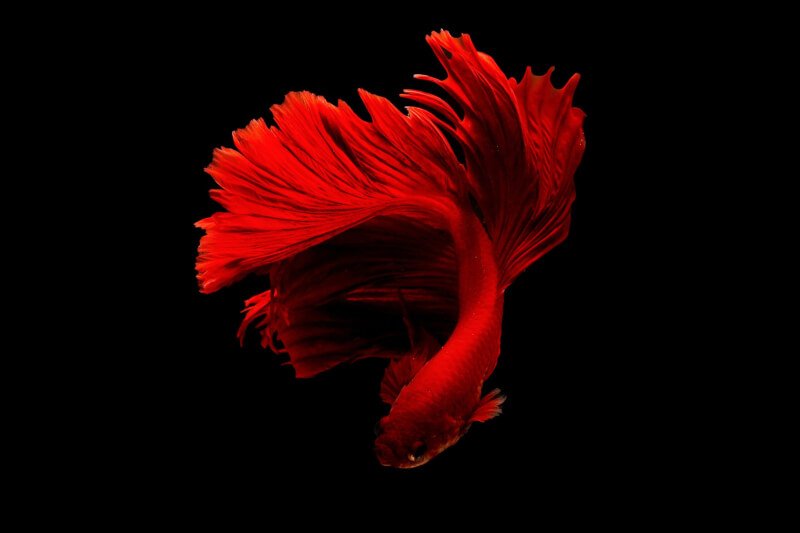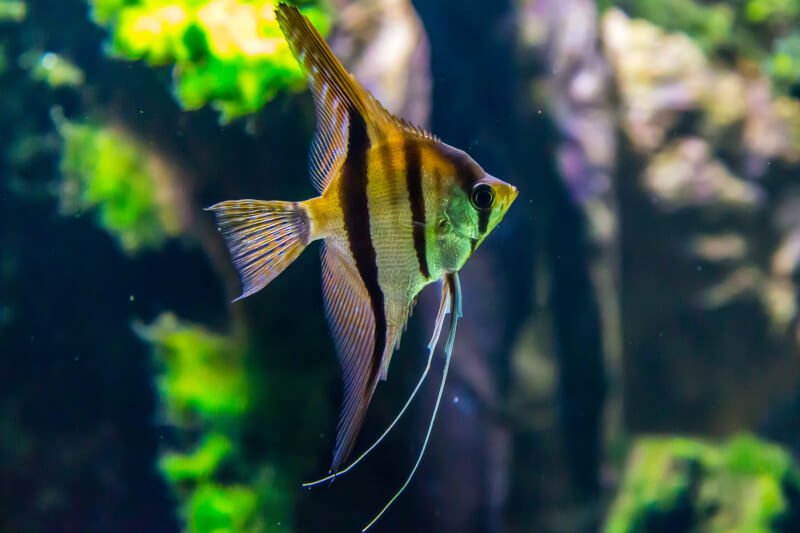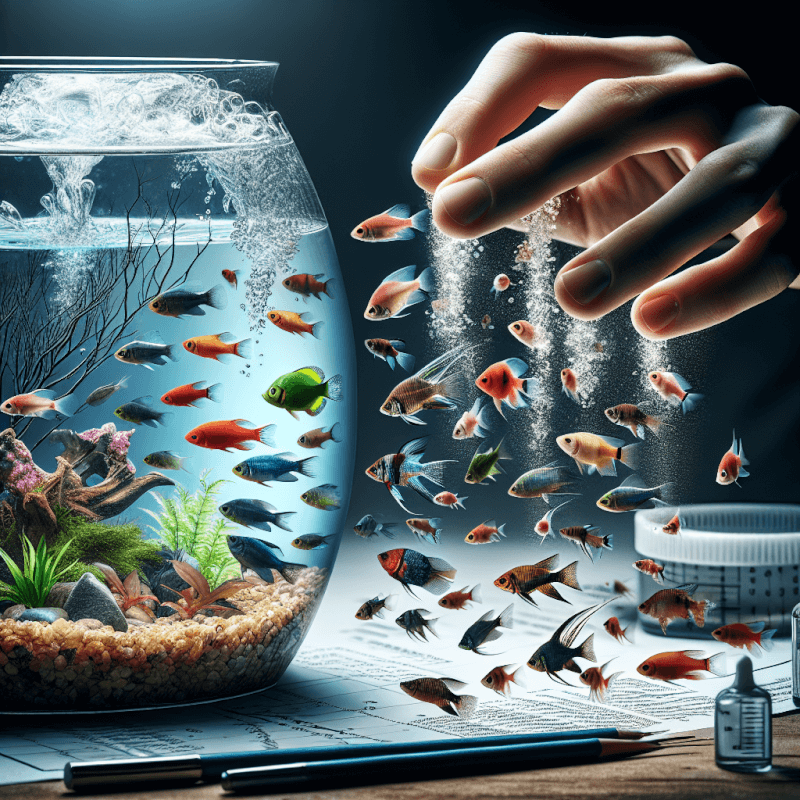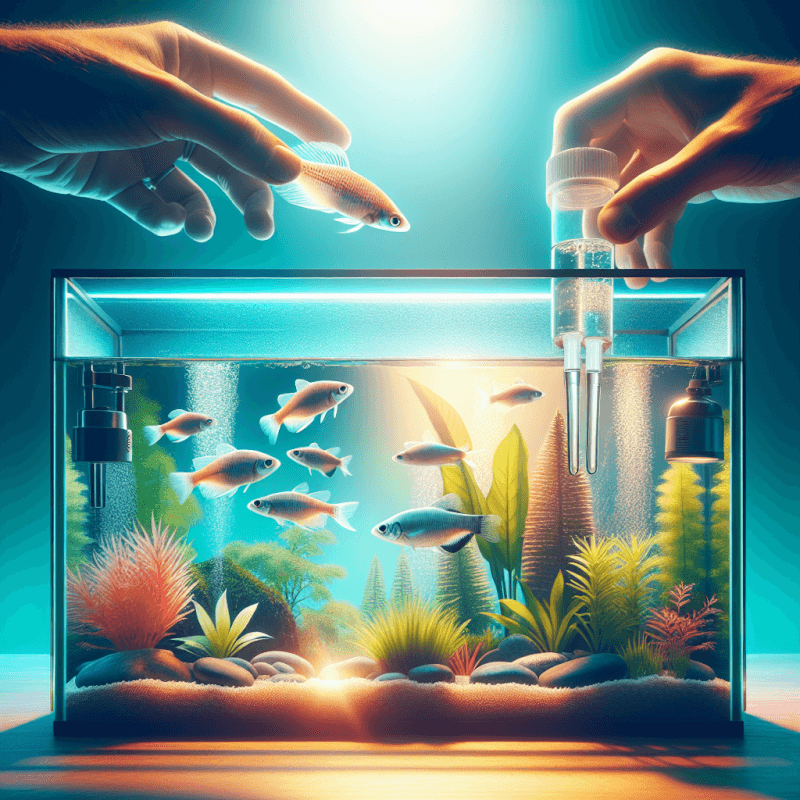So you’ve just brought home some new fish for your tank, but now you’re wondering how to introduce them to their new environment. Acclimating new fish to your tank is crucial for their health and well-being. This process helps them adjust to the water conditions in their new home, reducing stress and increasing the chances of a successful transition. In this article, we’ll explore the step-by-step process of acclimating new fish to ensure they thrive in their new aquatic paradise.
Tank Preparation
Cleaning the Tank
Before introducing new fish to your tank, it is important to ensure that the tank is clean and free from any contaminants. Start by removing any debris, such as uneaten food or dead plants, from the tank. Use a gravel vacuum to clean the substrate and remove any excess waste. Scrub the sides of the tank and ornaments with a clean brush to remove any algae buildup. Rinse everything thoroughly with water to remove any residue.
Ready for Cat Trivia?
Test your knowledge about cats!

Temperature Adjustment
Fish are very sensitive to temperature changes, so it is crucial to adjust the water temperature in your tank before adding new fish. Use a reliable aquarium thermometer to monitor the current temperature of your tank. If the water temperature is not within the acceptable range for the fish you plan to introduce, gradually adjust it by either raising or lowering the temperature using a heater or chiller.
Water Quality Check
Maintaining good water quality is essential for the overall health and well-being of your fish. Use a water testing kit to check the parameters of your tank, including pH, ammonia, nitrite, and nitrate levels. If any of these levels are not within the appropriate range for your fish species, take the necessary steps to correct them before introducing new fish. This may include performing partial water changes, adjusting the pH, or adding water conditioners.
Quarantine Period
Benefits of Quarantine
Quarantining new fish before introducing them to your main tank is an essential step to prevent the spread of diseases. Quarantine tanks provide a controlled environment where any potential health issues or diseases can be identified and treated without risking the health of your established fish population. It also allows the new fish to acclimate to their new surroundings and recover from the stress of transportation.
Duration of Quarantine
The duration of the quarantine period depends on the individual situation and the health of the new fish. A minimum quarantine period of two weeks is generally recommended. However, for more sensitive species or if any signs of illness are observed, extending the quarantine period may be necessary. It is crucial to carefully observe the new fish during this time and consult with an aquarium expert if any concerns arise.
Tank Setup for Quarantine
When setting up a quarantine tank, aim to replicate the conditions in your main tank as closely as possible. Use a smaller tank or aquarium specifically designated for quarantine purposes. Include similar filtration and heating systems to maintain water quality and temperature stability. Decorate the tank with items such as hiding places, plants, and structures to provide a stress-free environment for the new fish.

Choosing Compatible Fish
Researching Compatibility
Before adding new fish to your tank, it is essential to research their compatibility with the existing fish population. Some fish species are territorial or aggressive, while others may have specific dietary or water parameter requirements. Consider factors such as size, behavior, and preferred habitat when selecting new fish. Online resources, aquarium books, or consulting with knowledgeable aquarists can provide valuable information on compatibility.
Considerations for Tank Size
Tank size plays a significant role in determining the number and types of fish that can coexist peacefully. Overcrowding can lead to stress, aggression, and poor water quality. Calculate the fish’s adult size and make sure you have an adequately sized tank to accommodate them comfortably. Aim for at least one gallon of water per inch of fish length, considering both the existing and new fish.
Avoiding Aggressive Species
To maintain a peaceful and harmonious tank environment, it is important to avoid adding aggressive fish species. Aggressive fish can cause stress and harm to other tank inhabitants, leading to potential injuries or even death. Research the behavior and temperament of each species before making a selection, and opt for more peaceful fish that are known to live well with others.
Slow and Steady Introduction
Floating the Fish Bag
When you bring home new fish, it is essential to acclimate them gradually to the water conditions in your tank. One common method is to float the closed bag with the new fish in your aquarium for about 15 to 20 minutes. This allows the water temperature in the bag to gradually equalize with the tank temperature, reducing the shock to the fish.
Equalizing Water Temperature
Once the bag has floated for a sufficient amount of time, open it and secure it to the side of the tank. Gradually add small amounts of tank water to the bag over the course of several minutes. This process, known as drip acclimation, helps the new fish adjust to the chemical composition of the tank water while further equalizing the temperature.
Gradual Mixing of Water
After sufficient time has passed and the water temperature between the tank and the bag is balanced, it is time to introduce the new fish to the tank. Open the bag and gently pour the fish and the water into a net and move the fish directly into the tank. Avoid adding the bag water to the tank, as it may contain harmful substances or diseases. Dispose of the bag water safely.

Monitoring Behavior
Observing Stress Levels
Once the new fish are introduced to the tank, it is crucial to observe their behavior closely. Pay attention to any signs of stress, such as staying hidden, rapid breathing, or unusual hiding spots. Stress can weaken the immune system and make fish more susceptible to diseases. If any signs of stress are noticed, take measures to create a more comfortable environment, such as reducing tank lighting or providing additional hiding places.
Looking for Signs of Aggression
Monitoring for signs of aggression is vital to maintaining a harmonious tank. Watch for aggressive behavior, such as chasing, biting, or fin nipping. Aggressive fish can cause injuries and stress to their tank mates, which can lead to decreased overall health. If any signs of aggression are observed, consider removing the aggressive fish from the tank or rearranging tank decorations to create new territorial boundaries.
Noting Appropriate Feeding Patterns
Observe the feeding patterns of the new fish to ensure they are eating properly. Some fish may take time to adjust to their new surroundings and may have a decreased appetite initially. Offer a variety of appropriate foods and observe if the new fish are actively feeding. If there are any concerns about lack of appetite or feeding behavior, seek advice from an aquarium expert to address any potential issues.
Adjusting Feeding
Initial Fasting Period
When introducing new fish to your tank, it is advisable to start with an initial fasting period. This allows the fish to settle into their new environment and helps prevent overfeeding. The duration of the fasting period can vary but typically lasts for around 24 to 48 hours. During this time, the fish can consume any leftover food in the tank and adjust to the feeding routine.
Introducing Small Feedings
After the initial fasting period, slowly introduce small feedings to the new fish. Offer a small amount of food at each feeding, giving them time to consume it before adding more. This helps reduce the risk of overfeeding, which can lead to poor water quality and digestive issues. Pay attention to the feeding response of the new fish and adjust the amount and frequency of feedings accordingly.
Monitoring Appetite and Food Competition
Observe the new fish during feeding to ensure they are actively eating and not being outcompeted by other tank inhabitants. Some fish may be shy or intimidated by more dominant species, resulting in a lack of food intake. If you notice any fish consistently not getting enough food, consider offering food in multiple locations or adjusting the feeding schedule to ensure all fish receive adequate nutrition.

Maintaining Water Parameters
Regular Water Testing
Regular water testing is crucial for maintaining optimal water conditions in your tank. Test the water parameters, including pH, ammonia, nitrite, and nitrate levels, at least once a week. Monitoring these parameters helps identify any fluctuations or issues that may affect the overall health of your fish. Keeping accurate records of water test results can also assist in detecting patterns or trends over time.
Monitoring Ammonia and Nitrite Levels
Ammonia and nitrite are harmful substances that can accumulate in a tank and negatively impact fish health. Regularly monitor the levels of ammonia and nitrite, especially during the initial stages of introducing new fish. If elevated levels are detected, take immediate action by performing partial water changes, adjusting filtration, or adding beneficial bacteria to establish a healthy balance.
Water Changes and Filtration
Performing regular water changes is essential to maintain water quality and prevent harmful substances from building up in the tank. Aim to change approximately 20% of the water every one to two weeks, depending on the size and stocking of your tank. Additionally, ensure that your filtration system is properly cleaned and functioning effectively to remove excess waste and keep the water clean and clear.
Preventing Disease Spread
Quarantine Before Introduction
One of the most effective ways to prevent the spread of diseases in your aquarium is to quarantine new fish before introducing them to your main tank. This step allows you to monitor the health of the new fish and detect any signs of illness or disease before it spreads to the other fish in your tank. By implementing a thorough quarantine process, you can ensure the overall health and well-being of your fish population.
Disease Identification and Treatment
Regularly monitor the behavior and physical appearance of all fish in your tank to identify any signs of illness or disease. Symptoms can include loss of appetite, abnormal swimming patterns, discoloration, or visible parasites. If you notice any concerning symptoms, isolate the affected fish and consult with an aquarium expert to determine the appropriate treatment methods and prevent further disease transmission.
Cleaning and Sterilizing Equipment
To mitigate the risk of disease transmission, it is important to clean and sterilize any equipment used in your tank regularly. This includes nets, siphons, filters, and ornaments. Rinse the equipment thoroughly to remove any debris or residue, and then soak it in a diluted bleach solution for about 30 minutes. Rinse again and allow the equipment to air dry before placing it back into the tank.

Adding Tank Decorations
Creating Hiding Places
Adding hiding places to your tank helps reduce stress in your fish and provides them with a sense of security. Use ornaments, rocks, or driftwood to create caves or crevices where fish can retreat or rest. Creating multiple hiding places throughout the tank helps prevent aggression and allows shy or territorial fish to establish their own territories.
Adding Plants and Structures
Live plants not only enhance the aesthetics of your tank but also provide various benefits for your fish. Plants help oxygenate the water, absorb excess nutrients, and provide hiding places for fry or small fish. Choose suitable aquatic plants based on the lighting and temperature requirements of your tank. Adding structures such as PVC pipes or ceramic ornaments can also provide additional hiding spots and areas for exploration.
Maintaining Proper Placement
When adding tank decorations, it is important to consider the needs and preferences of your fish. Make sure to leave open swimming areas and avoid overcrowding the tank with too many ornaments or plants. Allow enough space for fish to move freely and establish territories. Regularly check the placement of decorations and make adjustments if needed to ensure they do not impede water flow or cause harm to the fish.
Obtaining Professional Advice
Consulting with an Expert
If you are new to the hobby or encounter any challenges along the way, it is always beneficial to seek advice from a knowledgeable aquarist or aquarium expert. They can provide valuable insights, help troubleshoot issues, and guide you in making informed decisions for your tank. Consulting with an expert not only enhances your understanding of aquarium maintenance but also increases the likelihood of success in creating a thriving fish community.
Joining Aquarium Communities
Joining aquarium communities or forums is a great way to connect with fellow hobbyists and exchange experiences, tips, and advice. Online platforms and communities dedicated to aquarium enthusiasts allow you to ask questions, share insights, and learn from others who have faced similar challenges. Engaging in these communities not only provides valuable support but also fosters a sense of community and shared passion for the hobby.
Attending Workshops or Seminars
Attending aquarium workshops or seminars can provide a wealth of knowledge and hands-on experience in various aspects of fishkeeping. These events are often hosted by experts or experienced aquarists who share their expertise and offer practical guidance. Participating in workshops or seminars allows you to deepen your understanding of aquarium maintenance and gain valuable insights from professionals in the field.
In conclusion, acclimating new fish to your tank requires careful preparation, consideration of compatibility, and monitoring for any signs of stress or disease. By following the steps outlined in this comprehensive guide, you can create a healthy and harmonious environment for your fish, ensuring their well-being and longevity. Remember, patience and attention to detail are key as you navigate the exciting world of aquarium ownership.



